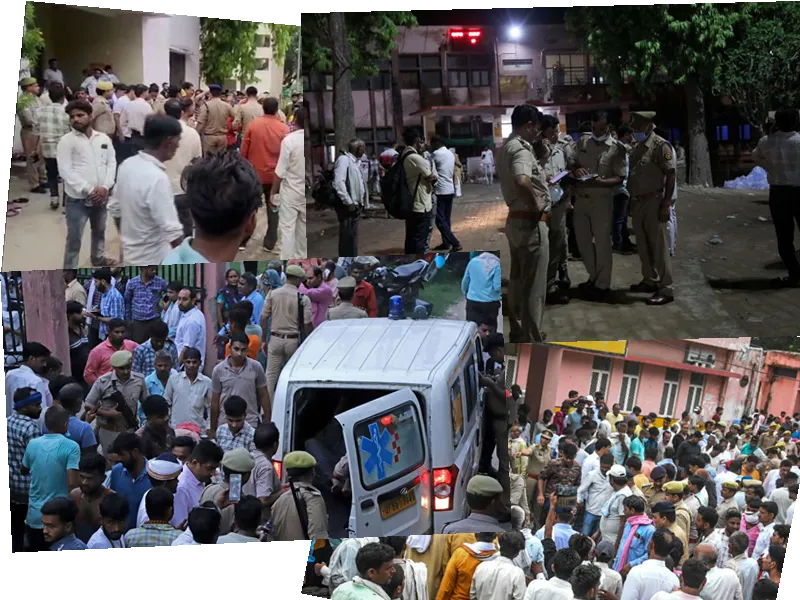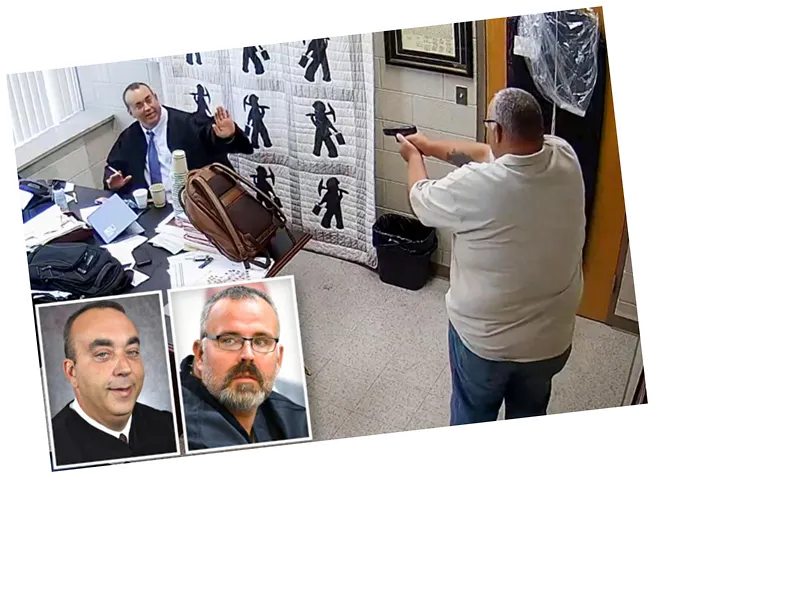A tragic stampede at a Hindu religious gathering in the northern Indian state of Uttar Pradesh has claimed the lives of at least 116 people, making it one of the deadliest incidents of its kind in over a decade. The event, held in the village of Mughal Garhi in Hathras district, was attended by thousands who had gathered for a prayer meeting known as satsang.
The chaos erupted as attendees were leaving the event amid a sudden dust storm, which caused panic among the crowd. Many people, including women and children, were crushed or trampled, and some fell into a roadside drainage ditch. Survivors described a horrifying scene where people fell on top of each other, leading to a devastating loss of life.
Local authorities have launched a high-level investigation to determine the cause of the stampede and are looking into whether the organizers exceeded the permissible attendance levels. Inspector General Shalabh Mathur stated that a police report would be filed against the event's organizers.
Efforts are underway to provide medical care to the injured, with 18 people currently receiving treatment in hospitals. Prime Minister Narendra Modi expressed his condolences and announced compensation for the victims' families, offering $2,400 to the relatives of the deceased and $600 to those injured.
This incident is part of a grim pattern of fatalities at religious gatherings in India, often attributed to poor crowd management and safety lapses. Previous tragedies include a 2016 explosion at a temple in Kerala that killed 112 people, a 2013 stampede in Madhya Pradesh that claimed 115 lives, and a 2008 stampede in Jodhpur that resulted in 224 deaths.
Uttar Pradesh Chief Minister Yogi Adityanath has also expressed his condolences and ordered an investigation into the incident. The regional administration has set up a committee of senior police and administrative officials to investigate the circumstances surrounding the stampede.
- The stampede occurred as people were leaving the event, which was held to celebrate the Hindu deity Shiva. The district magistrate, Ashish Kumar, confirmed that police had given permission for the private event and that officials were tasked with maintaining law, order, and security. However, the organizers were responsible for the preparations inside the venue.
- Video footage shared by Reuters showed distraught families gathering outside a local hospital in Etah, where medical staff were seen carrying victims on stretchers. The bodies of at least 27 of the deceased were taken to the Etah district morgue, while the rest were in Hathras.
- President Draupadi Murmu described the casualties as 'heartbreaking' and extended her deepest condolences. The incident has prompted discussions on the need for better crowd management and safety measures at large gatherings in India.
- Witnesses recounted the terrifying moments of the stampede, with one survivor, Shakuntala Devi, telling the Press Trust of India that people started falling on each other, leading to the tragic deaths. The high humidity and lack of clear demarcations between entrances and exits exacerbated the situation.
- Religious gatherings in India have a long history of fatal accidents. In addition to the aforementioned incidents, a 2013 stampede in Madhya Pradesh occurred after rumors spread that a bridge was about to collapse, leading to a rush of people. Similarly, the 2008 tragedy in Jodhpur saw over 400 people injured in addition to the 224 fatalities.






